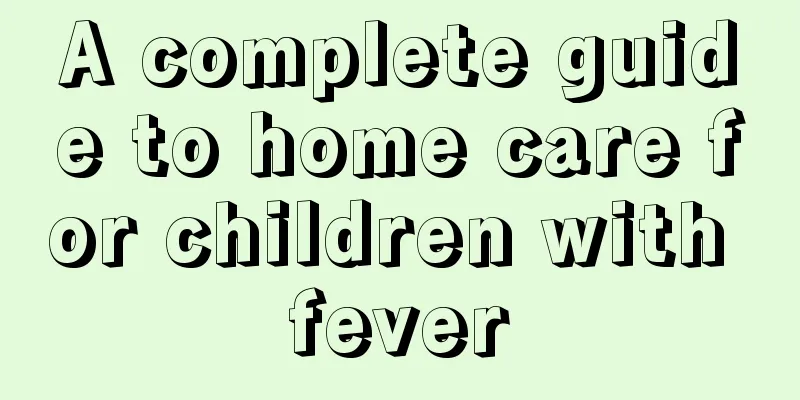The difference between exanthema and measles

|
Roseola and measles often show similar symptoms, so some people tend to confuse these problems in daily life, and thus cannot take targeted treatment methods in time. Especially for children, when treating measles at the county level, we must learn to distinguish and use symptomatic treatment medications, so that we can reduce the harm as much as possible. 1. Roseola infantum: It is a common rash disease in infants and young children, and may be an infectious disease caused by a viral infection. It is more common in infants under one year old and can occur at any time of the year. Mostly in winter and spring. Generally, the infection occurs once, but twice is rare. The incubation period is 8 to 14 days. 2. Clinical manifestations: 3. Fever, which may reach 39~41℃, usually lasts for 3~5 days. Some children may have febrile convulsions. 4. The characteristic of this disease is the appearance of rash after the fever subsides. The rash is mostly irregular macules or maculopapules. Pressing the rash with your hands can make it fade. Visible all over the body. It usually disappears within 1 to 2 days without leaving any trace. 5. Some children also have respiratory and digestive tract symptoms. The lymph nodes in the neck may swell. Especially the enlargement of lymph nodes behind the ears or behind the occipital bone is more obvious. Laboratory examination: White blood cell count in routine blood test is normal or low, and lymphocyte count in classification is increased. 6. Treatment: Drink more water and take some antiviral drugs. If the child has a high fever, antipyretics can be used. If the child becomes irritable or has convulsions, sedatives can be used. 2. A common acute respiratory infectious disease in infants and young children, which is highly contagious. The pathogen is measles virus. Children who have had measles are immune for life. Children with measles are the only source of infection, which is mainly transmitted through respiratory droplets or through a third party as a medium. The disease can occur throughout the year, with the highest incidence in late spring. The incubation period is 6 to 18 days. The above is an introduction to some of the differences between roseola infantum and measles. I believe that after analyzing and introducing these contents, everyone should now have a more comprehensive and scientific understanding of these common sense! Especially when parents find that their children have roseola or measles, they must pay attention to targeted medication treatment. |
>>: Symptoms of childhood rash
Recommend
What should I do if my 3-year-old baby has cavities?
Due to children's careless diet and parental ...
What are the dangers of insufficient sleep for babies?
In today's society, the competitive pressure ...
What to do if your seven-month-old baby is anemic
Nowadays, many babies always have many problems w...
What is the reason for the baby to breastfeed frequently?
Many parents are taking care of their children fo...
At what age should children be replaced with teeth and what should they pay attention to?
Children's tooth replacement is a very import...
How to prevent neonatal hemolysis
Many genetic diseases can occur in newborns, and ...
Why is my child's poop black?
The stool of a normal person should be light yell...
28-month-old baby height and weight development standard
A baby's growth requires the company of his p...
What are the symptoms of calcium deficiency in children? It might be like this!
Many parents are very afraid that their children ...
What to do if a newborn has pyloric stenosis and vomiting
The incidence of pyloric stenosis is more concent...
Symptoms of rhinitis in children
The nose is one of our five senses, and it is rel...
What causes pain in the left lower abdomen in children?
Abdominal pain is a relatively common symptom. It...
What should I do if my baby has a fever, convulsions and foams at the mouth?
We know a lot about baby's fever. If the baby...
Symptoms of asymmetrical baby's buttocks
I believe everyone knows this situation, or even ...
Reasons for five-month-old babies to sweat
Many people have their own opinions about sweatin...









